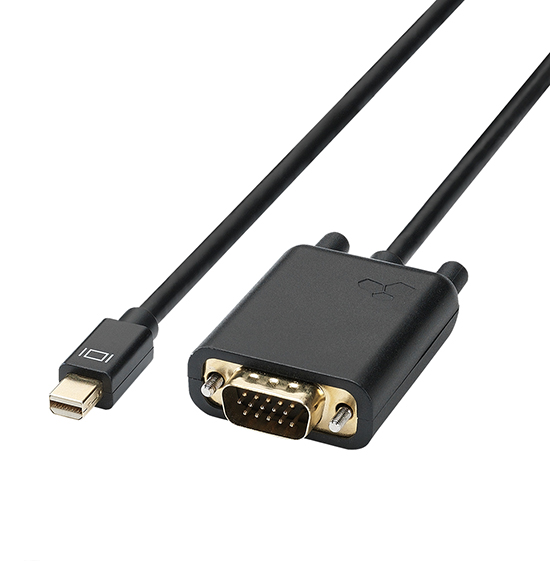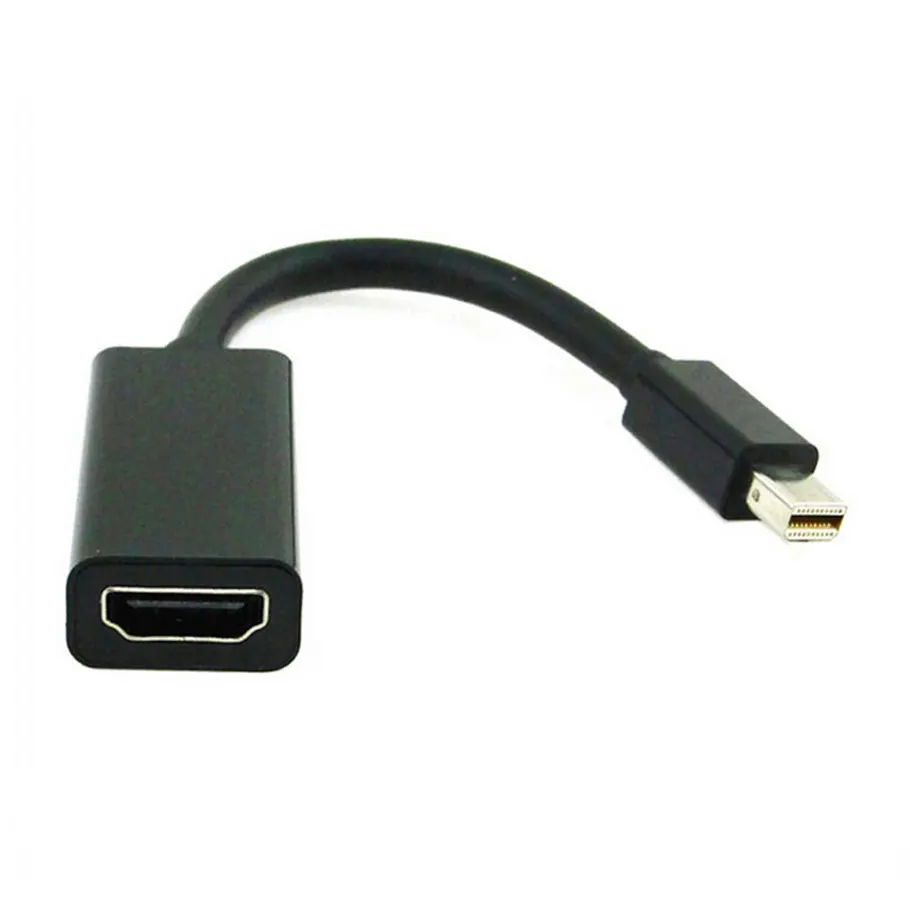Thunderbolt 3 provides twice the display bandwidth of Thunderbolt 2, enabling your Mac to support up to four 4K displays or up to two 6K displays. 1 Which means that with two Thunderbolt controllers in the 16-inch MacBook Pro, you can send graphics to dual 6K displays for the perfect high-resolution photo and video editing setup. Thunderbolt 3 connects to DisplayPort displays and monitors with. The CalDigit Thunderbolt 3 Mini Dock is a bus-powered dock that lets you connect your Thunderbolt 3 equipped Mac to two HDMI-enabled TVs or displays up to 4K at 60Hz. It also provides connection to a Gigabit Ethernet network, a USB-A 3.0. device—such as your flash drive, camera, or SD card reader—and a USB 2.0. keyboard/mouse.
Thunderbolt 3 offers a connection with state-of-the-art speed and versatility. Delivering twice the bandwidth of Thunderbolt 2, it consolidates data transfer, video output and charging in a single, compact connector. And with the integration of USB-C, convenience is added to the speed of Thunderbolt to create a truly universal port.
Supports up to four 4K displays or up to two 6K displays1

Connect new and existing devices
Transferring data at speeds of up to 40 Gbps — two times faster than Thunderbolt 2 and eight times faster than USB 3 — Thunderbolt 3 delivers the fastest connection to any dock, display or device. You can also daisy-chain up to six Thunderbolt devices through a single port without needing a hub or a switch. So connecting a storage device to your computer, then a display to your storage device, works as it’s meant to — with powerful throughput.2
Less than one minute to copy 25,000 photos
6K resolution. 20.4 million pixels.
One remarkable cable.
Thunderbolt 3 provides twice the display bandwidth of Thunderbolt 2, enabling your Mac to support up to four 4K displays or up to two 6K displays.1 Which means that with two Thunderbolt controllers in the 16-inch MacBook Pro, you can send graphics to dual 6K displays for the perfect high-resolution photo and video editing setup. Thunderbolt 3 connects to DisplayPort displays and monitors with a cable, while supporting HDMI and VGA displays with the use of an adapter.
With Thunderbolt 3, a single USB-C port can deliver power in both directions. So a port can charge a device or, alternatively, be charged by one. And it’s capable of delivering up to 100 watts of power, so a single cable can be used to connect to a dock or display and charge your MacBook Pro or MacBook Air simultaneously.

Up to 15W for
bus-powered devices
Up to 15W for bus-powered devices
Compatible with your existing devices.
Thunderbolt 3 with USB-C technology is a truly universal connection. With the help of an adapter or cable, you can connect just about any of your devices, including your existing Thunderbolt 2 devices.
Displays
Plug into displays using HDMI, VGA, DVI, DisplayPort or Thunderbolt.
iOS Devices
Connect to iOS devices like iPhone and iPad.
Accessories
Use peripherals compatible with USB‑A, SD, Micro‑B and Mini‑B.
Performance
Connect external graphics processors like the Blackmagic eGPU and external hard drives for extra storage.
The Thunderbolt 3 (USB-C) ports on MacBook Pro, MacBook Air, iMac Pro, iMac and Mac mini are fully compatible with your existing devices and displays. Use the chart below to find out which adapter or cable you’ll need to connect to the ports on all your favourite devices.
Connect to your Thunderbolt 3–enabled Mac using
Apple Thunderbolt 3 (USB-C) to Thunderbolt 2 Adapter
USB-C
USB-A
Lightning
Micro-B
Mini-B
Ethernet


HDMI
Apple USB-C Digital AV Multiport Adapter or
USB-C to HDMI adapter
DisplayPort
VGA
Apple USB-C VGA Multiport Adapter or
USB-C to VGA adapter
SD
DVI
Mac computers that have any of the following ports can connect to HDMI devices. Learn how to identify the ports on your Mac.
- HDMI port: Connects directly to HDMI using an HDMI cable.
- USB-C or Thunderbolt 3 (USB-C) port: Connects to HDMI using an adapter, such as the Apple USB-C Digital AV Multiport Adapter.
- Mini DisplayPort: Connects to HDMI using a third-party Mini DisplayPort to HDMI adapter or cable.

Mac computers that have an HDMI port comply with HDMI 1.4b and support:
- At least 1080p video over HDMI, and some Mac models support higher resolutions when connecting to 4K displays, 5K displays, and Ultra HD TVs
- 8-channel/24-bit audio at 192kHz, Dolby Surround 5.1, and traditional stereo
- HDCP-encrypted playback from iTunes and QuickTime Player (version 10). Safari in macOS Sierra or later also supports HDCP-encrypted playback, if the web page is HTML5-enabled and the content is FairPlay Streaming-enabled and delivered using Media Source Extensions or HTTP Live Streaming.
If using an adapter, check the specifications of the adapter to learn about supported resolutions and other details.
After making the connection
If your Mac doesn't recognize your HDTV, display, or other HDMI device after making the connection:
- Turn off the HDMI device while your Mac is turned on.
- Unplug the HDMI cable from your Mac, then plug it in again.
- Turn on the HDMI device.
If the video on your HDTV or display extends beyond the borders of the screen, open Displays preferences and adjust the Underscan slider for a better fit. Use any of these methods to open Displays preferences:
- Choose Apple () menu > System Preferences, then click Displays.
- Press Shift-Command-A to open the Applications folder. Then double-click System Preferences, then click Displays.
- If your keyboard has brightness controls, press Option–Brightness Up or Option–Brightness Down.
If your HDMI device isn't receiving audio from your Mac:
Thunderbolt To Hdmi For Mac Windows 10
- Choose Apple menu > System Preferences, then click Sound. In the Output pane, make sure that your HDMI device is selected.
- If you're connecting using a Mini DisplayPort adapter, make sure that your Mac can send audio over Mini DisplayPort.
- If you're connecting from a Mac mini, unplug any audio device that is plugged into your computer's Audio-Out port.
If your Mac goes to sleep while a video is playing or paused, you might see an HDCP error. Quit the app that is playing the video, then open the app again. If the issue continues, choose Apple menu > System Preferences, then click Energy Saver and adjust the settings so that your display doesn't turn off.
Thunderbolt To Hdmi Adapter
Learn more
Thunderbolt To Hdmi Cable For Mac
- If your Mac has an HDMI port, you can use the Apple HDMI to DVI Adapter to connect to a DVI display.
- Mac computers don't support using CEC (Consumer Electronics Control) to control HDMI devices.